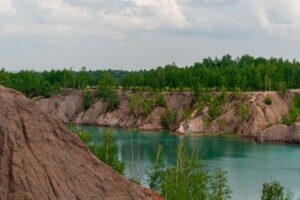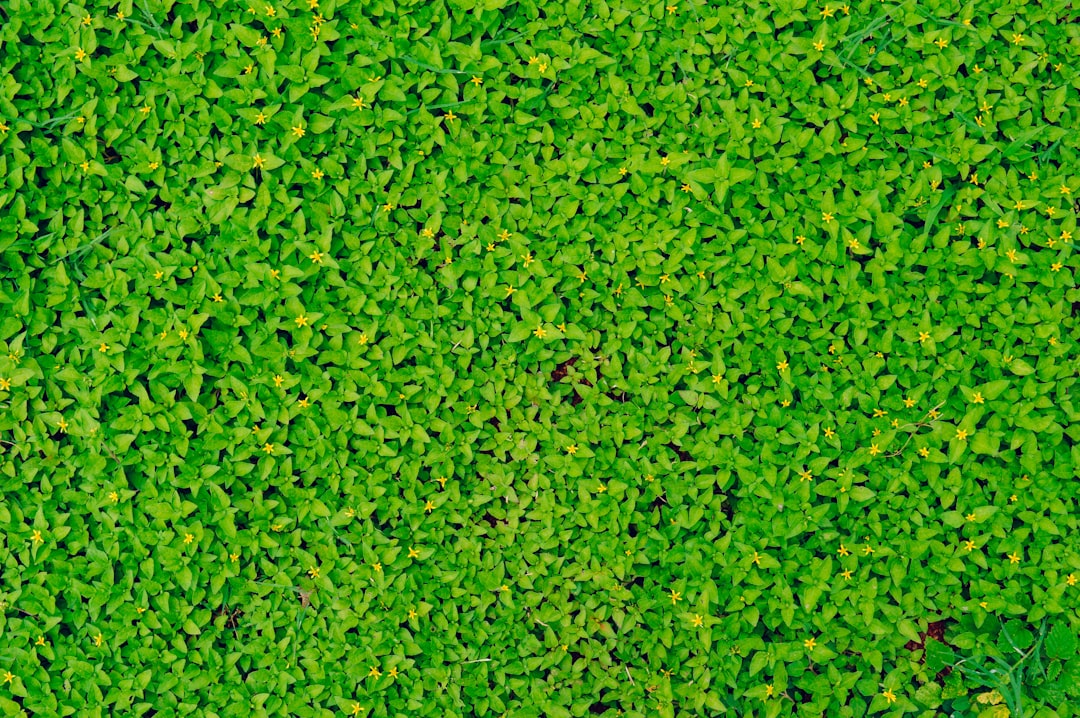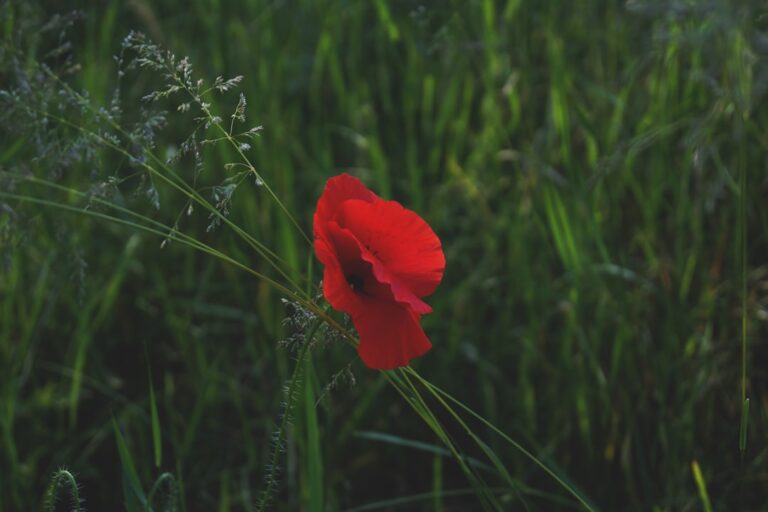Proper lawn care is essential for maintaining not only the aesthetic appeal of a property but also its overall health and environmental benefits. A well-maintained lawn serves as a natural air filter, absorbing carbon dioxide and releasing oxygen, which contributes to improved air quality. Furthermore, healthy grass can help reduce soil erosion, manage stormwater runoff, and provide a habitat for various species of wildlife.
The act of caring for a lawn also fosters a sense of community pride and personal satisfaction, as homeowners take ownership of their outdoor spaces. In addition to environmental benefits, proper lawn care can significantly enhance the value of a property. A lush, green lawn can create a positive first impression for potential buyers, making a home more attractive in the competitive real estate market.
Regular maintenance practices such as mowing, fertilization, and pest control not only keep the lawn looking its best but also prevent long-term damage that could lead to costly repairs. Investing time and resources into lawn care is not merely about aesthetics; it is an investment in the longevity and health of the landscape.
Key Takeaways
- Proper lawn care is essential for a healthy and beautiful yard
- Choose the right grass type for your climate to ensure optimal growth
- Fertilization plays a crucial role in maintaining a lush and green lawn
- Implement proper watering techniques to keep your lawn healthy and vibrant
- Regular mowing and edging are key for a well-groomed and manicured lawn
Choosing the Right Grass Type for Your Climate
Selecting the appropriate grass type is a critical step in establishing a thriving lawn. Different grass species have varying tolerances to climate conditions such as temperature, humidity, and drought. For instance, cool-season grasses like Kentucky bluegrass and fescue thrive in northern climates where temperatures are moderate, while warm-season grasses such as Bermuda and zoysia are better suited for southern regions with hotter summers.
Understanding the local climate is paramount in making an informed decision about which grass type will flourish in a specific area. Moreover, the choice of grass type can also influence maintenance requirements. Some grasses are more drought-resistant than others, which can be particularly beneficial in regions prone to water shortages.
For example, buffalo grass is known for its low water needs and resilience to heat, making it an excellent choice for arid climates.
By carefully considering climate conditions and grass characteristics, homeowners can establish a lawn that not only looks beautiful but also thrives with minimal intervention.
The Role of Fertilization in Lawn Maintenance

Fertilization plays a pivotal role in maintaining a healthy lawn by providing essential nutrients that promote growth and resilience. Grass requires a balanced supply of nitrogen, phosphorus, and potassium—often referred to as N-P-K—to thrive. Nitrogen is crucial for leaf growth and color, phosphorus supports root development and flowering, while potassium enhances overall plant health and disease resistance.
Understanding the specific nutrient needs of the chosen grass type is vital for effective fertilization. Timing and method of application are equally important in the fertilization process. For cool-season grasses, early spring and fall are ideal times for fertilization, as these periods align with their peak growth phases.
Conversely, warm-season grasses benefit from fertilization in late spring through summer when they are actively growing. Additionally, employing slow-release fertilizers can provide a steady supply of nutrients over time, reducing the risk of nutrient runoff and promoting sustainable lawn care practices. Regular soil testing can also help determine nutrient deficiencies and guide fertilization efforts, ensuring that the lawn receives precisely what it needs for optimal health.
Watering Techniques for a Healthy Lawn
| Technique | Frequency | Duration | Best Time |
|---|---|---|---|
| Deep Watering | 1-2 times per week | 30-60 minutes | Early morning |
| Infrequent Watering | Every 3-5 days | 45-90 minutes | Early morning or late afternoon |
| Watering by Hand | As needed | Varies | Anytime |
Watering is a fundamental aspect of lawn care that directly impacts grass health and appearance. The key to effective watering lies in understanding the specific needs of the grass type and local climate conditions. Generally, lawns require about one inch of water per week, either from rainfall or irrigation.
For instance, sandy soils drain quickly and may necessitate more frequent watering compared to clay soils that retain moisture longer. Implementing efficient watering techniques can significantly enhance water conservation efforts while ensuring the lawn remains healthy.
Early morning is often considered the best time to water, as it allows moisture to penetrate the soil before evaporation occurs during the heat of the day. Utilizing soaker hoses or drip irrigation systems can also promote deep root growth by delivering water directly to the soil rather than wetting the grass blades. Additionally, monitoring weather patterns can help homeowners adjust their watering schedules accordingly; for example, skipping irrigation after a heavy rainfall can prevent overwatering and potential root rot.
Mowing and Edging Tips for a Well-Groomed Lawn
Mowing is not just about keeping grass at a manageable height; it is an essential practice that influences overall lawn health. The height at which grass is mowed can affect its ability to photosynthesize effectively. Generally, maintaining a height of 2.5 to 4 inches is recommended for most grass types, as taller grass promotes deeper root systems and better drought resistance.
Regular mowing also helps prevent weeds from establishing themselves by removing their seed heads before they can disperse. Edging complements mowing by creating clean lines along sidewalks, driveways, and flower beds, enhancing the overall appearance of the landscape. Using a string trimmer or edger can help achieve sharp edges that define different areas of the yard.
It is important to avoid scalping the grass during mowing or edging, as this can lead to stress and vulnerability to pests and diseases. Additionally, keeping mower blades sharp ensures clean cuts that minimize damage to grass blades and promote quicker healing.
Dealing with Common Lawn Pests and Diseases

Lawn pests and diseases can pose significant challenges to maintaining a healthy lawn. Common pests such as grubs, chinch bugs, and armyworms can cause extensive damage if left unchecked. Identifying these pests early is crucial; signs may include brown patches or areas where grass appears wilted or dead.
Integrated pest management (IPM) strategies can be effective in controlling these issues without resorting to harmful chemicals. This approach involves monitoring pest populations, using biological controls like beneficial insects, and applying targeted treatments only when necessary. Diseases such as brown patch or dollar spot can also threaten lawn health.
These fungal infections often thrive in conditions of high humidity or excessive moisture. Preventative measures include proper watering techniques—avoiding overhead watering during evening hours—and ensuring adequate air circulation through proper mowing practices. In cases where disease has already taken hold, fungicides may be necessary; however, it is essential to follow application guidelines carefully to minimize environmental impact.
Aerating and Overseeding for a Lush Lawn
Aeration is a critical practice that enhances soil health by alleviating compaction and improving water infiltration. Compacted soil restricts root growth and limits access to nutrients and oxygen. Aerating involves perforating the soil with holes to allow air, water, and nutrients to penetrate deeper into the ground.
This process is particularly beneficial for lawns that experience heavy foot traffic or have clay-heavy soils that tend to compact easily. Overseeding complements aeration by introducing new grass seed into existing turf without tearing up the entire lawn. This practice helps fill in bare spots and improves overall density while promoting diversity within the lawn ecosystem.
The combination of aeration and overseeding is especially effective in rejuvenating tired lawns or transitioning from one grass type to another. Timing is crucial; fall is typically the best season for both aeration and overseeding cool-season grasses, while late spring is ideal for warm-season varieties.
Creating a Maintenance Schedule for a Beautiful Lawn
Establishing a comprehensive maintenance schedule is essential for achieving a beautiful lawn year-round. This schedule should encompass all aspects of lawn care—from mowing frequency to fertilization timing—tailored to the specific needs of the chosen grass type and local climate conditions. For instance, during peak growing seasons in spring and summer, more frequent mowing may be necessary to maintain optimal height, while fall may focus on aeration and overseeding.
Incorporating seasonal tasks into the maintenance schedule ensures that no critical care steps are overlooked. For example, spring might involve pre-emergent weed control and fertilization, while summer could focus on monitoring for pests and adjusting watering practices based on rainfall patterns. Fall maintenance might include raking leaves to prevent smothering grass beneath them and preparing the lawn for winter dormancy through proper fertilization practices.
By adhering to a well-structured maintenance schedule, homeowners can cultivate a vibrant lawn that enhances their property’s beauty while promoting environmental health.
If you are interested in exploring different philosophies, you may want to check out this article on Vedanta philosophy. It delves into the nature of reality and liberation, offering a unique perspective on existence. For those looking to bring more greenery into their homes, this article on how to grow and care for ferns provides valuable tips for creating a lush indoor environment. And for those interested in the mastery of grass, be sure to check out Grass Masters for expert advice on lawn care and maintenance.
FAQs
What is Grass Masters?
Grass Masters is a professional lawn care and maintenance company that specializes in providing services such as mowing, fertilizing, weed control, and landscaping.
What services does Grass Masters offer?
Grass Masters offers a range of services including lawn mowing, edging, fertilization, weed control, aeration, seeding, and landscaping design and installation.
How can I contact Grass Masters for their services?
You can contact Grass Masters by visiting their website and filling out a contact form, or by calling their customer service hotline to schedule a consultation.
Where does Grass Masters operate?
Grass Masters operates in various locations and serves residential and commercial properties in the surrounding areas. It is best to check their website or contact them directly to see if they operate in your area.
What sets Grass Masters apart from other lawn care companies?
Grass Masters prides itself on its attention to detail, personalized service, and use of high-quality products and equipment to ensure the best results for their customers’ lawns. They also offer customized lawn care programs to meet the specific needs of each property.
























+ There are no comments
Add yours